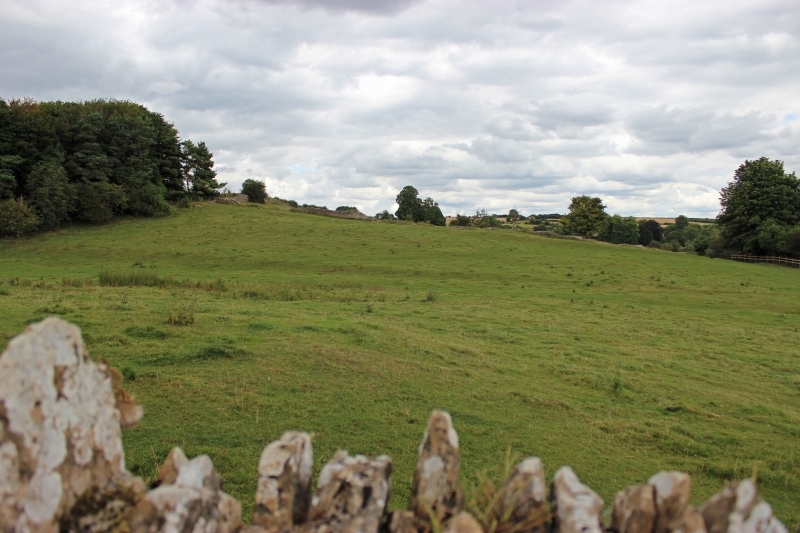Uploader's Comments
Looking East, showing humps and dips.
Little remains of the village except the tiny 13th-century St Oswald's Church. The settlement of Widford's name is from the old English 'withig ford' meaning 'the ford by the willows', it was then part of Wychwood Forest, an area of wasteland which in 1809 comprised some 6720 acres. There is some uncertainty surrounding when the village
It is thought it was unable to sustain its former size after the Black Death (Allison et al 1965, 27). The plague certainly impacted the region, when, in the nearby manor of Witney, 14th century evidence suggests that an estimated two-thirds of their tenantry died (Towley et al 2004.)
The first series OS Maps of around 1840 show nothing more in Widford than St Oswold's Church, Manor Farm, and, down by the river, a corn mill. The village itself appears to have been destroyed by the Black Death, so the small number of buildings present in 1840 was probably quite typical of the preceding centuries as well.
(Parts Taken from Genealogy Notes for the Lost Village of Widford, Oxfordshire - please treat the data with appropriate caution)
Uploaded by Karen Lee on 1 August 2016


